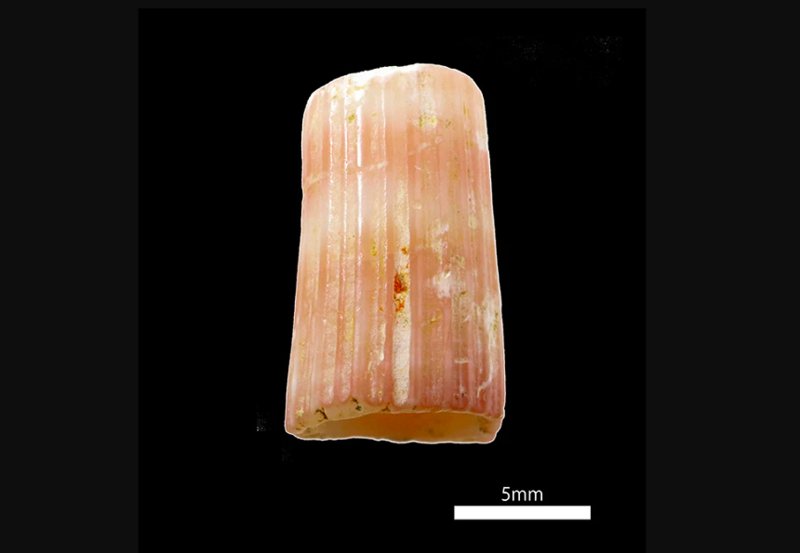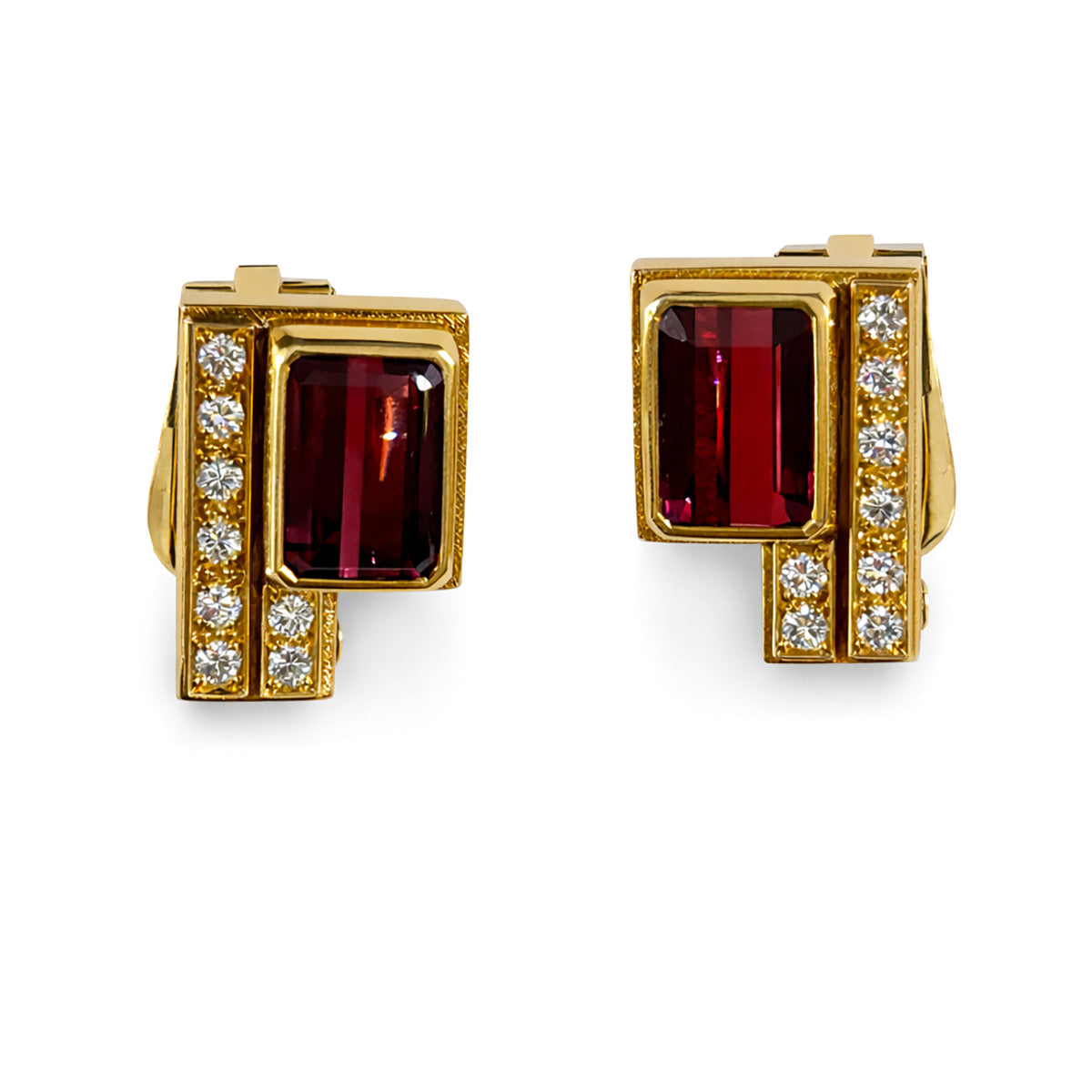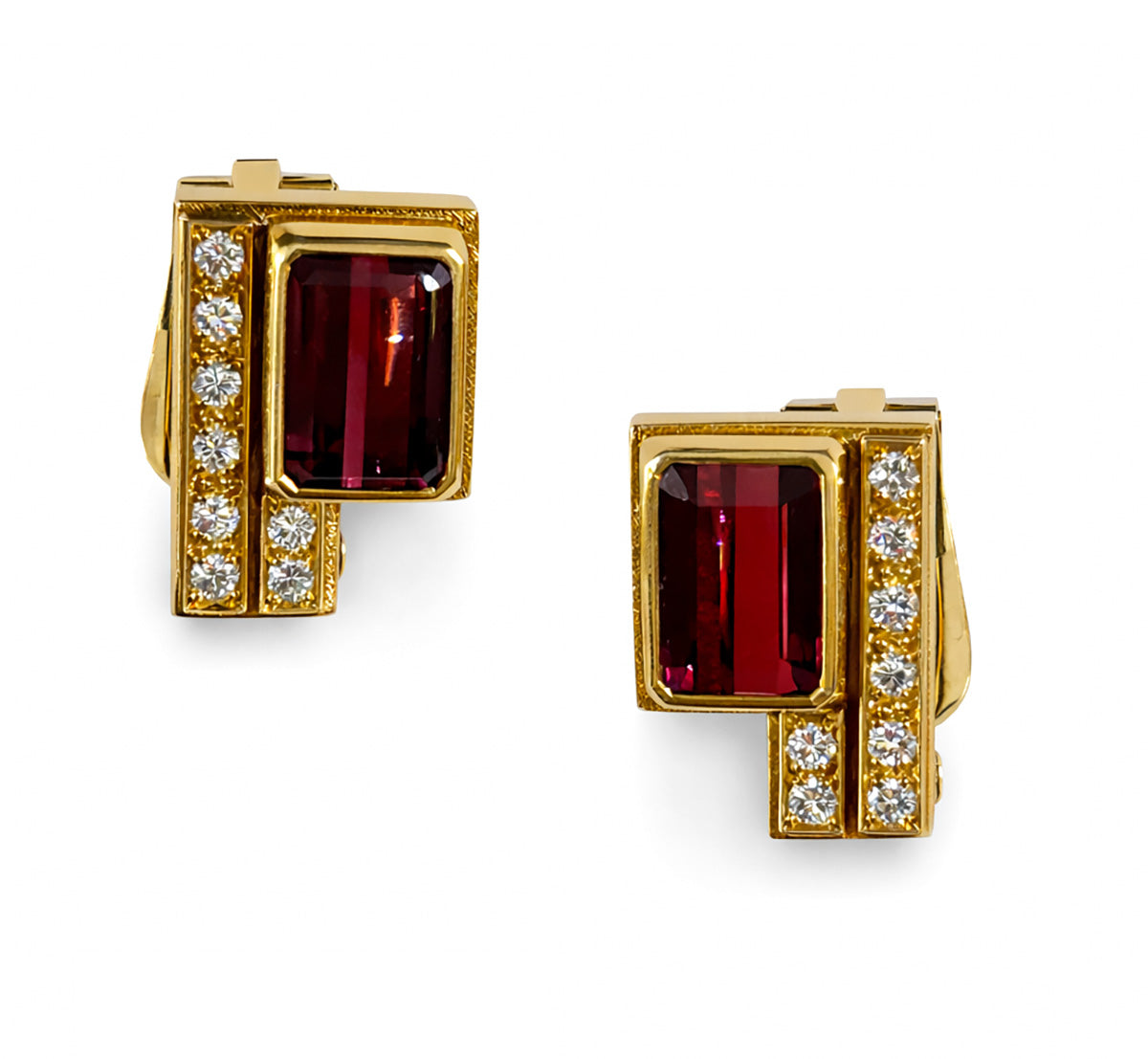
The Oldest Known Piece Of Artificially Colored Jewelry Is Now On Display
The oldest piece of artificially colored jewelry, a bead, was discovered in Japan and it is now on display at the Okinawa Prefectural Museum & Art Museum in Naha, according to Art News.
The announcement was officially made last week.
Although the local press in Japan wrote that the 23,000-year-old bead was actually discovered five years ago, it was just now presented as a preview at the exhibition in Naha.
Discover The Oldest Piece Of Artificially Colored Jewelry
The small jewelry piece is considered a prime example of early creative development and is expected to provide important information about Paleolithic culture.
It was found in the scaffolding shell and painted with red pigment, and the traces of the pigment have remained intact.
Photo credit: Okinawa Prefectural Museum
The bed was discovered on the coast of Okinawa, in the Sakitari Cave, and is believed to date from the Upper Paleolithic, about 23,000 years old.
In the same cave, other important ancient objects were found, such as the oldest fishing hook in the world, also made of shells, and a lump of pigment, which was used as a pencil.
According to experts, the Sakitari Cave was inhabited permanently, for successive generations, until the Jomon period, 15,000 years ago.
















